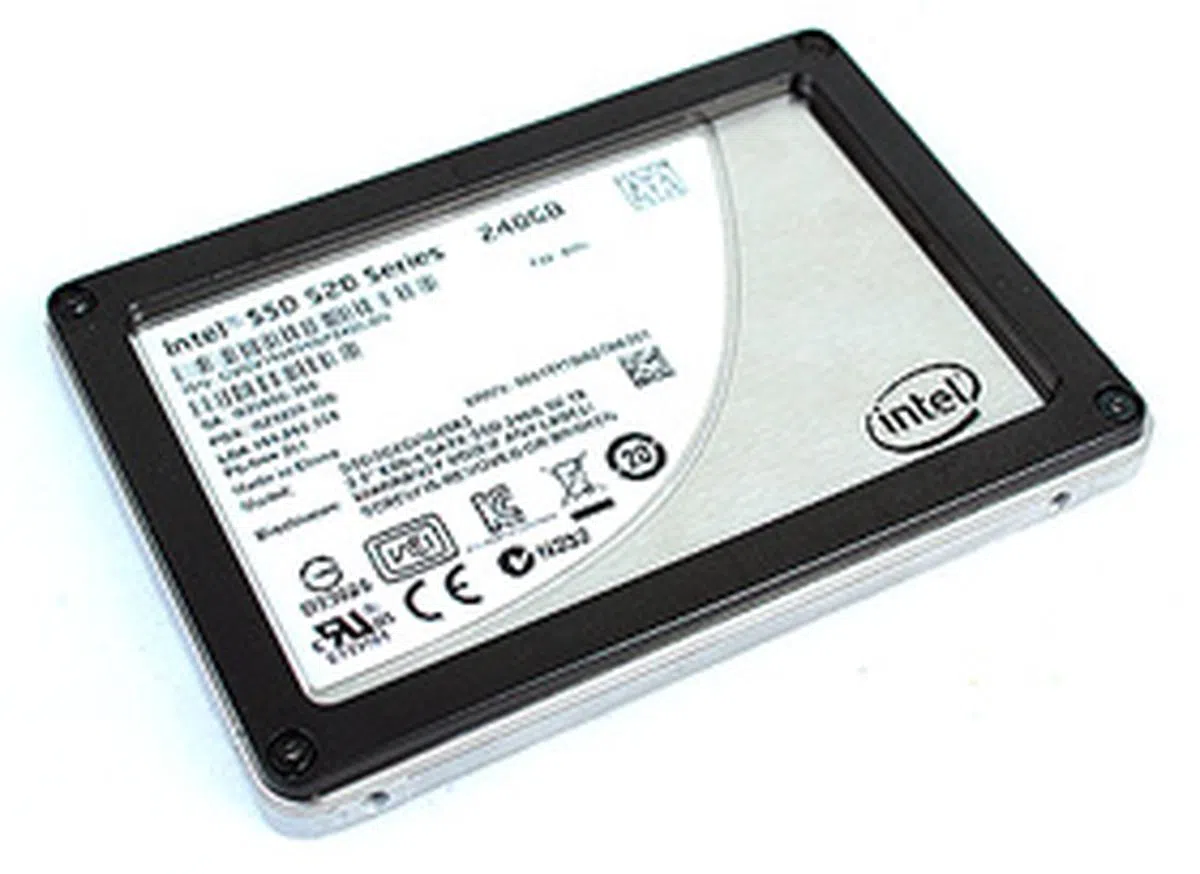The Great High-end SSD Shootout
SSDs are the latest must-have components for users who are serious about performance. And with prices hitting record lows, there's no better to snap one up than now. To help you pick the right one, we tested 10 of the most popular SSDs from the biggest names around.
By Kenny Yeo -
Clash of the Titans
The performance benefits of SSDs over traditional mechanical hard disks are obvious and have long been extolled on our sites. For the most part, and in terms of raw performance, even the most average, mainstream SSD will leave the fastest 10,000rpm mechanical hard disk for dead. Furthermore, SSDs have made significant improvements where reliability and endurance are concerned. Unfortunately, price remains the greatest barrier to entry for most users, but that is gradually changing too.
If you’ve been diligent following prices of SSDs, you will know that prices have since fallen to record lows. Take for instance the Intel SSD 520 Series. When we reviewed the drive earlier this year, the 240GB variant of the drive retailed at around S$570. Now, the same drive can be found for around S$300 - a massive drop of nearly 48%.
It’s the same story for other drives too. For instance, the 256GB variant of the Transcend SSD720, which retailed at S$453 at the time of our review can now be had for S$335 - a reduction of over S$100 or 26%.

Prices of SSDs have fallen dramatically in the past few months. So if you've been sitting on the fence, now is the time to grab one.
Thanks to dwindling prices, SSDs are fast becoming the latest must-have accessory for enthusiasts and mainstream users alike. Furthermore, their popularity is such that there is now a bewildering selection of different SSDs from various manufacturers to choose from.
To help you decide, we have decided to round up 10 of the latest high-end drives in the market today. These drives are flagship models from their respective makers and they all utilize the latest and fastest SATA 6GBps interface. Furthermore, the drives employ the use of synchronous or Toggle-Mode MLC NAND memory. We have also decided to test the 240/256GB variants of the drives since these would be the most popular capacity point for most users.
Some of the drives have been reviewed earlier this year, so it’ll be interesting to see how they fare in this comprehensive roundup.
Here’s the list of contenders:
- ADATA XPG SX900
- Corsair Neutron GTX
- Crucial M4
- Intel SSD 520 Series
- Kingston HyperX 3K
- OCZ Vector
- Plextor M5 Pro
- SanDisk Extreme
- Strontium Hawk
- Transcend SSD720
Before revealing the performance charts, we shall begin the shootout by providing a brief overview of the drives in the following pages.
ADATA XPG SX900
Controller: LSI SandForce SF-2281
Memory type: Synchronous MLC NAND (Intel)
The name ADATA might not ring any bells to most users here in Singapore, but they are amongst the world’s largest manufacturer of flash memory products. The SX900 is the company’s flagship drive and it is driven by the ubiquitous LSI SandForce SF-2281 controller. The memory chips themselves are 25nm synchronous NAND memory chips and are provided for by Intel. Included with the drive is a 3.5-inch HDD bay installation bracket and a copy of Acronis TrueImage, which is useful if you need to migrate data from an older hard disk.

The ADATA XPG SX900 is sturdily built and comes in a 9mm form factor. This could be problematic if you are trying to fit it into your notebook.

Here we can see the SandForce SF-2281 controller on the left. To the right are Intel MLC NAND chips of 16GB density.
Corsair Neutron GTX
Controller: Link_A_Media Device LM87800
Memory type: Toggle-Mode NAND (Toshiba / Samsung)
In recent times, we’ve seen Corsair expanding on its product offerings to include all manners of PC components. Traditionally known for making memory, Corsair has since expanded its portfolio to include SSDs, computer chassis and gaming peripherals. The Corsair Neutron GTX is the company’s top dog SSD. Bucking the current trend of LSI SandForce and Marvell controllers, the Neutron GTX uses a controller from Link_A_Media Devices (LAMD). Also, it is one of SSDs to use arguably faster Toggle-Mode NAND. The drive comes with a 3.5-inch HDD bay adapter.

The Corsair Neutron GTX comes in a 7mm format, which makes it suitable for notebooks and Ultrabooks.

The LAMD LM87800 controller is concealed by a thermal pad, but the Toshiba toggle mode NAND chips are clearly visible.
Crucial M4
Controller: Marvell 88SS9174
Memory type: Synchronous MLC NAND (Micron)
The Crucial M4 was updated for 2012, and most notably, it features Marvell’s brand new 88SS9174 controller. Apart from that, the drive has remained relatively the same and continues to use synchronous NAND memory from its parent company, Micron. The drive is one of the most modestly packaged, as it comes with the drive itself with no accessories whatsoever.

The Crucial M4 is one of the thicker drives, coming in at 9.5mm thick.

The Marvell 88SS9174 controller is to the right, while to the left are Micron memory chips.
Intel SSD 520 Series
Controller: LSI SandForce SF-2281
Memory type: Synchronous MLC NAND (Intel)
Intel’s eagerly anticipated high-end SSD 520 Series drive made its debut early in 2012 and it packed SandForce’s SF-2281 controller with Intel’s own 25nm synchronous MLC NAND memory. Backed by Intel’s year-long validation process and a custom firmware exclusive only to Intel, the SSD 520 Series drives packed performance and reliability in a single package. What’s more, the drive was bundled with an extensive array of accessories, including a 3.5-inch HDD bay installation bracket as well as SATA data and power cables.

A look at the SandForce SF-2281 controller in the Intel drive.
Kingston HyperX 3K
Controller: LSI SandForce SF-2281
Memory type: Synchronous MLC NAND (Intel)
The HyperX brand denotes Kingston’s flagship lineup of drives. The HyperX 3K is the latest addition to the Kingston stable and the “3K” suffix denotes the number of P/E cycles that the memory in the drive, 25nm MLC NAND chips from Intel to be specific, are rated for. The drive comes in a neat package and Kingston provides a cool-looking 3.5-inch HDD bay bracket in matching electric-blue for installation.

The Kingston HyperX 3K has a stylish case and comes in a 9.5mm form factor.

The SandForce SF-2281 controller is to the left and to the right are rows of Intel MLC NAND chips.
OCZ Vector
Controller: Indilinx Barefoot 3
Memory type: Synchronous MLC NAND (Intel)
A year after its acquisition of both Indilinx and PLX Technology, OCZ has released their first SSD with both an in-house developed controller and firmware. The new controller is called the Indilinx Barefoot 3 and in our earlier review, we found it to be a credible alternative and challenger to the current crop of high-end SandForce and Marvell drives. The drive comes with a 3.5-inch HDD bay adapter for easy installation.

The OCZ Vector comes in a stunning blue case that feels solid and sturdy. It also comes in an Ultrabook-friendly 7mm form factor.

Sadly, the new Indilinx Barefoot 3 is concealed by thick thermal paste. Surrounding it are OCZ-branded memory chips which are in fact from Intel.
Plextor M5 Pro
Controller: Marvell 88SS9187
Memory type: Toggle-Mode MLC NAND (Toshiba)
Japanese firm Plextor is generally well regarded amongst enthusiasts for churning out some of the best Marvell-driven SSDs. The Plextor M5 Pro is the company’s latest flagship and it uses Marvell latest 88SS9187 controller. The M5 Pro has since undergone numerous firmware upgrades since we reviewed it in the second half of last year, and Plextor claims that the latest firmware revision now allows the drive to reach up to 100,000 IOPs. The drive comes packaged with 3.5-inch HDD bay adapter, but no SATA data nor power cables.

The Plextor M5 Pro is almost Zen-like in design, featuring a shiny aluminum cover with the company logo emblazoned proudly in the corner. The drive comes in a 7mm form factor.

Apart from the Crucial M4, the Plextor M5 Pro is the other drive in this shootout to use the new Marvell 88SS9187 controller.
SanDisk Extreme
Controller: LSI SandForce SF-2281
Memory type: Toggle-Mode NAND (SanDisk)
SanDisk is one of the world’s largest manufacturers of flash-memory products and have recently made headways into making SSDs too. The Extreme series is the company’s flagship drive and it uses the tried-and-tested SandForce SF-2281 controller and is paired with Toggle-Mode NAND. The SanDisk Extreme comes as it is with no additional accessories - not even a 3.5-inch HDD bay adapter.

The SanDisk Extreme SSD has a simple design and comes in a 9.5mm thick case.
Strontium Hawk
Controller: LSI SandForce SF-2281
Memory type: Synchronous MLC NAND (Hynix)
Underneath the Strontium stickers and Hawk branding is in fact SK Hynix’s very first foray into the SSD market. For those unfamiliar with the name, SK Hynix is the world’s second largest memory chip maker (behind Samsung). These Hynix drives, rebranded as Strontium Hawks, utilize the SandForce SF-2281 controller and is fitted with who else but Hynix’s own 26nm synchronous MLC NAND memory. The drive comes as it is with no additional accessories.

The Strontium Hawk comes in a striking bright white 7mm thick case.

Naturally, we found Hynix memory chips in the Strontium Hawk.
Transcend SSD720
Controller: LSI SandForce SF-2281
Memory type: Toggle-Mode MLC NAND (SanDisk)
When we reviewed the Transcend SSD720 in the middle of last year, we found it to be a very competent drive with excellent and consistent performance characteristics. The drive uses the familiar SandForce SF-2281 and pairs this with Toggle-Mode NAND memory from SanDisk for the best possible performance. The drive comes with a 3.5-inch HDD bay adapter.

The Transcend SSD720 comes in an Ultrabook-friendly 7mm case.

The Transcend SSD720 uses toggle mode MLC NAND chips from SanDisk.
Test Setup
The drives were tested on our storage testbed, which has the following system specifications:
- Intel Core i5-2400 (3.1GHz)
- MSI Z68A-GD80 (Intel Z68 chipset)
- 2 x 4GB DDR3-1600 memory
- MSI GeForce 8600 GTS
- Windows 7
And this is the list of SSDs tested:
- ADATA XPG SX900
- Corsair Neutron GTX
- Crucial M4
- Intel SSD 520 Series
- Kingston HyperX 3K
- OCZ Vector
- Plextor M5 Pro
- SanDisk Extreme
- Strontium Hawk
- Transcend SSD720
Given the nature of this shootout, we are expecting a close fight and it will be interesting to see which drive will come out tops in the performance stake. Also, this will give us a chance to evaluate the different controllers in the market now as a whole as we have drives using controllers from SandForce, Marvell, Link_A_Media Devices and OCZ.
Additionally, the drives we have here are using a mix of synchronous and toggle mode MLC NAND memory. While toggle mode MLC NAND memory is generally regarded as the quicker of the two, this shootout will also give us the opportunity to make some general conclusions as to whether this generalization is true.
AS SSD Results
AS SSD is a benchmark that uses non-compressible and completely random data. What this means is that the drives using the SandForce SF-2281 controller cannot compress the data first, which takes away one of the strong advantages of this controller. Therefore this is a useful benchmark because drives that use the SF-2281 controller don't gain an upper hand.
Since this benchmark removes one of the advantages of the SandForce controller, it wasn’t surprising to see that the best performing drives were the Corsair Neutron GTX, OCZ Vector and Plextor M5 Pro. Amongst the three, the OCZ Vector was the fastest, especially in the demanding 4k, 64 threads workloads. What’s unusual, however, is that the Crucial M4, despite using a Marvell controller, put in a lackluster performance.
Finally, it was a close fight between the remaining SandForce-driven drives, but we can see that amongst them, the Intel and Kingston ones were marginally ahead of the pack.




CrystalDiskMark 3.0.1 Results
CrystalDiskMark is an easy-to-run and quick utility to use to gauge a drive’s performance. It measures sequential read and write performance and random read and write speeds of random 4KB, 4KB (queue depth 32) and 512KB data.
On CrystalDiskMark, it was once again the OCZ Vector which dominated, posting both very impressive read and write speeds. The Corsair Neutron GTX, Intel SSD 520 Series and Kingston HyperX followed closely. The poorest performer was, once again, the Crucial M4.




HD Tune Pro 4.6 Results
HD Tune is one of the most popular and widely-used benchmarking tools for measuring the performance of storage drives. On this benchmark, it was the Intel SSD 520 Series that impressed us the most, racking in the highest random average access speeds in this test. Other drives that performed well in this benchmark include the ADATA XPG SX900, Corsair Neutron GTX and Transcend SSD720.
Additionally, we also noticed that certain drives had problems successfully completing the random access read test function. The Plextor M5 Pro, quite puzzlingly, had problems with both the random access read and write tests. This was something we documented in our early review of the drive and it seems that the firmware updates did little to change this.





Futuremark PCMark 7 Results
PCMark 7 is the latest benchmarking suite from FutureMark that evaluates the performance of Windows 7 machines. It tests a wide range workloads and aspects of the system ranging from computation, image and video manipulation and storage. We’ll be looking solely at the storage test here.
On PCMark 7, the three standout drives were the Corsair Neutron GTX, Intel SSD 520 Series and the SanDisk Extreme. By now, we noticed that the Corsair and Intel drives were consistently appearing amongst the top drives in the benchmarks. The OCZ Vector, which had been doing well so far, was disappointing in this benchmark. Lastly, rounding up the pack is the Crucial M4.








Futuremark PCMark Vantage Results
PCMark Vantage might have been around for quite some time, but it is still a fairly accurate representation of how the drives might be used in real-world scenarios. We are focusing on the hard drive test suite which comprises of tasks such as loading of applications to media creation.
We noticed that on Vantage, the two Marvell-driven drives as well as the OCZ Vector failed to successfully complete the benchmark. For those who completed, the ADATA XPG SX900, Kingston HyperX and Transcend SSD720 took top honors.









Iometer Results (Part 1)
Lastly, we put the drives through the rigorous grind of Iometer, with different workloads and I/O queue depths. We have chosen to show results from a queue depth of 1 to 5 as this better represents the workloads a typical consumer might face.
On Iometer, it was clear that the top performing drives were the Corsair Neutron GTX, OCZ Vector and Plextor M5 Pro. It is interesting to note that apart from the aforementioned three drives, the rest of the drives had very similar kind of performance. And as can be seen from the graphs, were clustered closely together in the middle.




Iometer Results (Part 2)
Finally, we look at the I/O response times for the workloads reported on the previous page. And looking at the graphs, we can see that the Corsair, OCZ and Plextor drives all have very low response times, which attributed to their high IOPS readings on the previous page.




Not All SSDs Are Created Equal
As we’ve mentioned at the start of the article, with prices of SSDs dropping to all-time lows, there has never been a better time to upgrade to one. As we’ve seen from the performance charts, not all SSDs are created equal. They might have the same controller and type of memory, but their performance can still differ.
Why is that so, you may wonder. For one, not all hardware are equal. Specifically, not all memory are created equal and companies like Intel and Hynix (Strontium), who have their own memory-making facility, will undoubtedly keep the best chips for themselves.
Secondly, performance of a drive is largely affected by its firmware too and certain makers such as Intel, OCZ and Plextor, claim to have firmware exclusive to their drives and that have been specially tweaked to improve performance.

At the end of our grueling benchmark tests, one drive stood above the rest. Read on to find out which is our winner.
To that end, let’s take a look at our detailed ratings breakdown for the drives. Do note that we have revised the ratings of some of the drives that were previously reviewed to better factor in the newer price points at this point of time, improved performance from newer firmware and a refreshed comparison. This is because the previous review ratings and findings are applicable for products reviewed at that point of time. All revisions have been noted in brackets for proper clarity and accountability.
ADATA XPGSX900 | Corsair Neutron GTX | Crucial M4 | Intel SSD 520 Series | Kingston HyperX 3K | OCZVector | Plextor M5 Pro | SanDisk Extreme | Strontium Hawk | Transcend SSD720 | |
Performance | 8 | 9 | 6 | 8.5 | 8 | 8.5 | 8 | 8.5 | 8 | 8.5 |
Features | 6.5 | 6.5 | 6 | 7 | 6.5 | 7 | 6.5 | 6 (adjusted downwards from 7) | 6 | 6.5 |
Value | 6 | 8 | 5 | 8 | 6 | 6.5 | 7 | 8.5 (adjusted upwards from 7) | 8 | 7.5 (adjusted downwards from 8) |
Price | S$329 | $345 | $275 | $313 | $349 | $399 | $289 | $259 | $219 | $335 |
Overall Rating | 7.5 | 8.5 | 6 | 8 | 7.5 | 8 | 7.5 | 8 | 7.5 | 8 |
The Corsair Neutron GTX was chosen as the overall winner because of its all-round performance. Looking at raw performance alone, the Corsair Neutron GTX was the standout drive because for most of our benchmarks it was nearly always the fastest or amongst the quickest drives. Its performance on AS SSD, PCMark 7 and Iometer was especially noteworthy. And while it may be a tad pricey at S$345, we feel that its slight premium over the other drives is well justified considering the performance it packs.
The Intel SSD 520 Series is a perennial favorite amongst enthusiasts and for good reason. Mainly it is because it is still amongst the fastest drives available in the market right now. Furthermore, it is backed by Intel’s hallowed reputation for making reliable drives. Sadly, it lost out to the Corsair only by the slightest of margins because in terms of performance, it just wasn’t as consistent.
The OCZ Vector is the company's first in-house effort and it is a compelling and interesting one, mainly because its new Indilinx Barefoot 3 controller shows lots of promise. In our testing, we noticed that it was amongst the fastest drives, but it was a little inconsistent as it failed to complete PCMark Vantage and had problems running HD Tune Pro, and that cost it some points. And at S$399, it costs significantly more than its competitors.
The SanDisk Extreme is one of the few drives to use Toggle-Mode MLC NAND memory and it combines decent performance and a very attractive price tag. However, that is not enough to differentiate it from this crowded playing field.
The Transcend SSD720’s combination of the SandForce SF-2281 controller and Toggle-Mode NAND memory makes it a formidable drive as it was one of the quicker drives with above average performance. It was consistent too as it could complete all the benchmarks without a hitch. While its price and overall performance makes it a solid recommendation, it is however not our overall winner.
Overall, the ADATA XPG SX900 is a competent drive with decent performance characteristics, but it does little to stand out in this crowded playing field. Furthermore, considering its performance, it’s priced a little too high since they are good alternatives from SanDisk and Strontium.
The Kingston HyperX 3K is one of the faster drives in this shootout, but other that, there’s not much else going for it. Its price is also a little too steep to be truly competitive considering there are so many fine alternatives around.
As far as Marvell-powered SSDs go, the Plextor M5 Pro is one of the best. It boasts very fast write performance and comes at an attractive price. However, despite numerous firmware updates, the drive continued to experience problems on certain benchmarks.
The Strontium Hawk is Hynix’s first SSD offering and it has good performance and very attractive pricing. This drive is highly recommended especially if you are on a budget, but if you have the cash to splash, do know that there are more capable drives around.
Rounding up our shootout is the disappointing Crucial M4. Its performance was almost always below average and its packaging was truly basic, since it didn’t come with any accessory whatsoever - not even a 3.5-inch HDD bay adapter. Hence, even though it is one of the more affordable drive, its affordability alone is not enough to redeem itself.
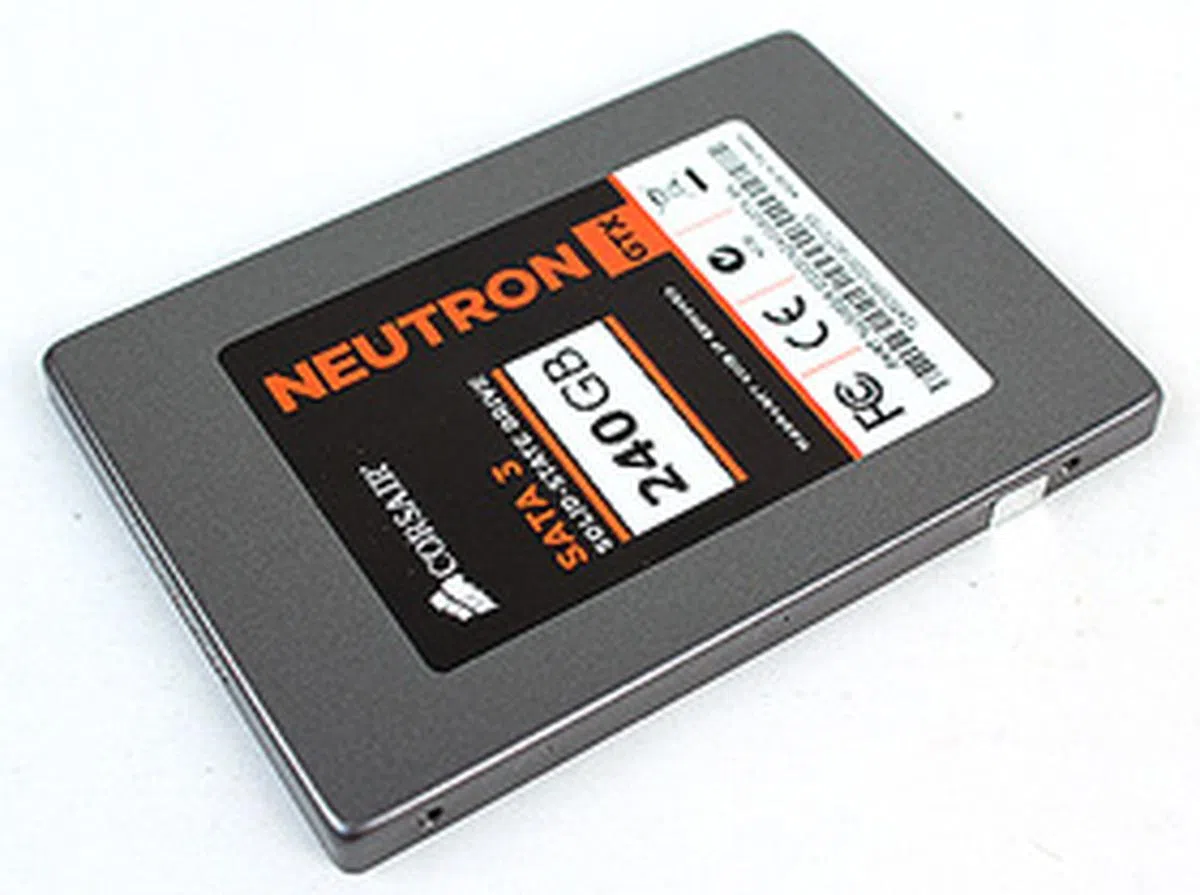 | |
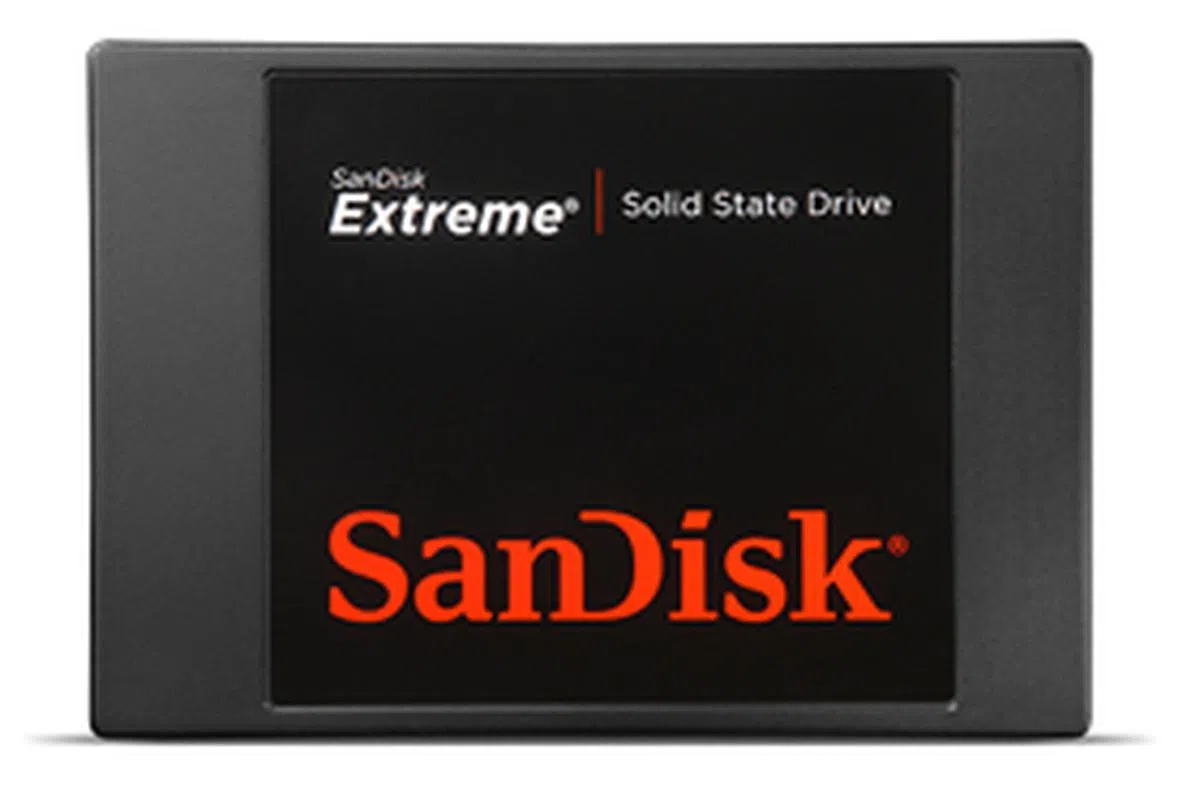 | |
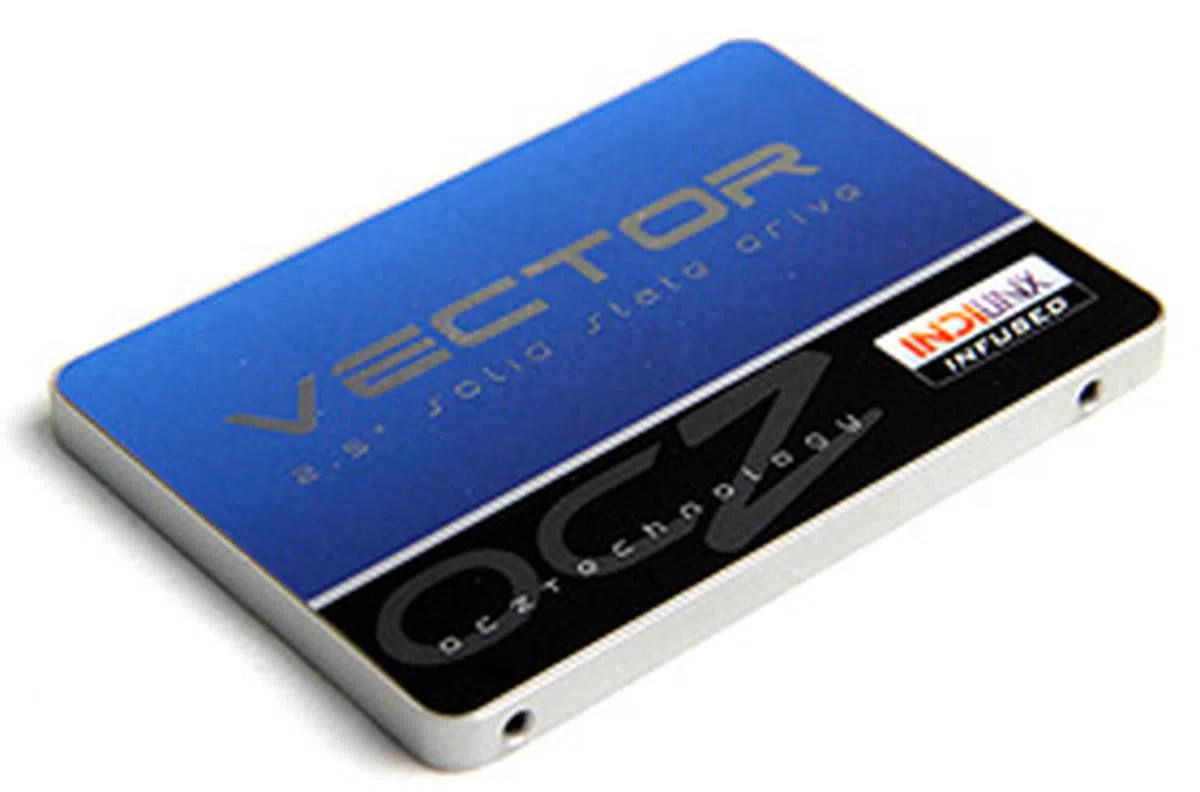 | |
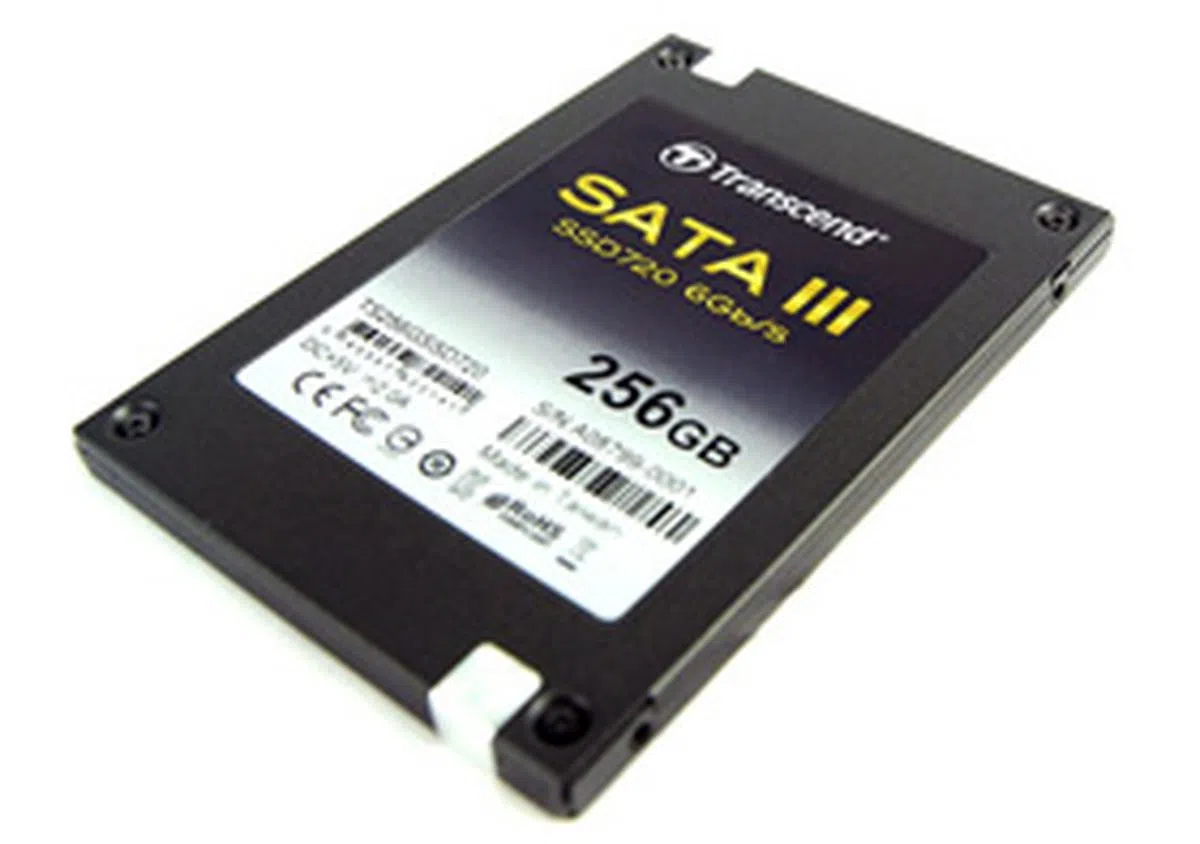 | |
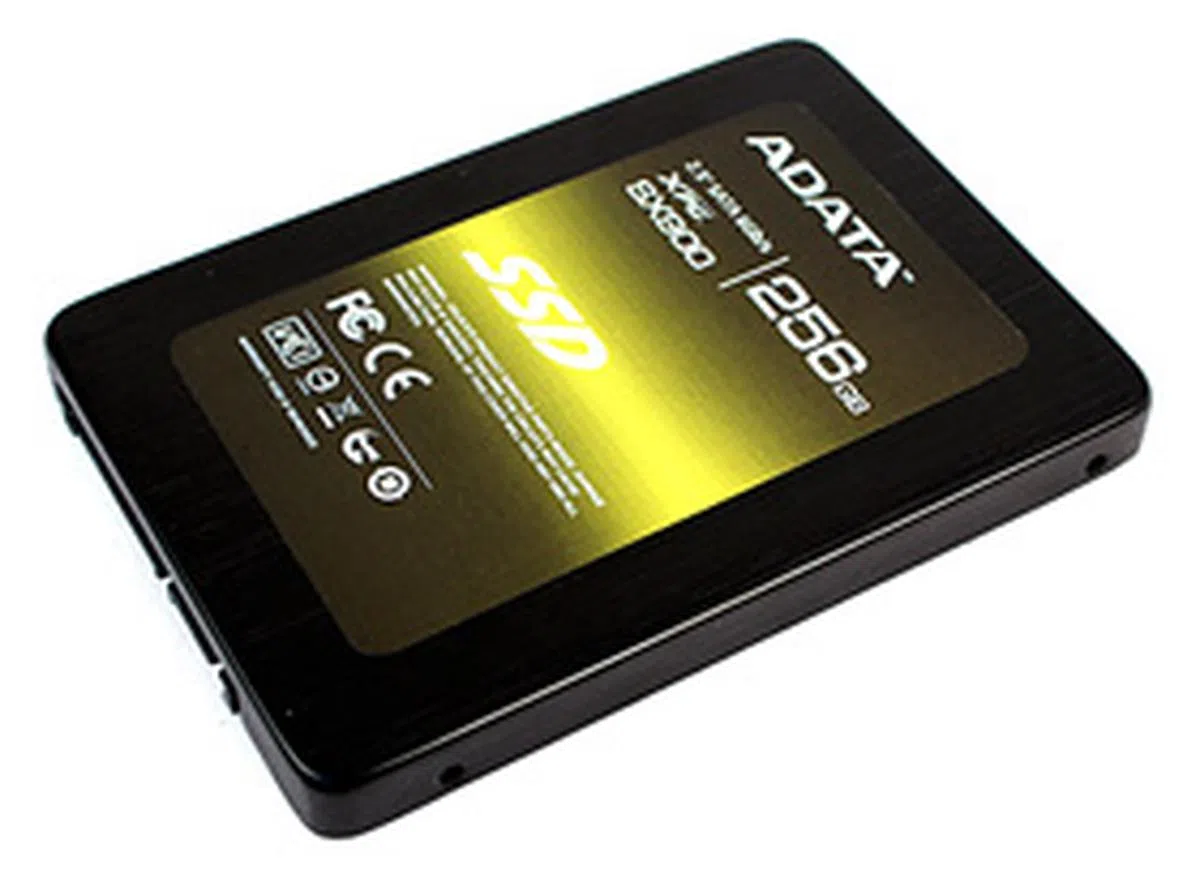 | |
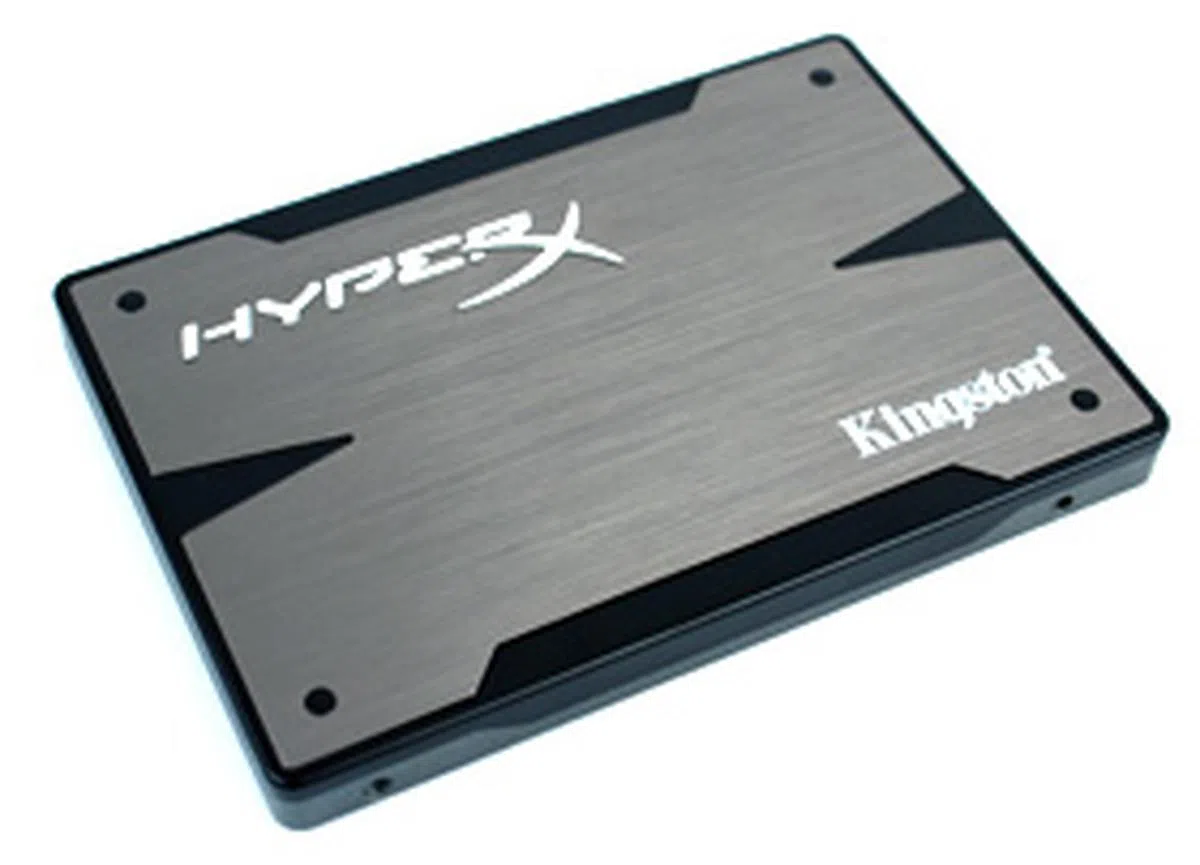 | |
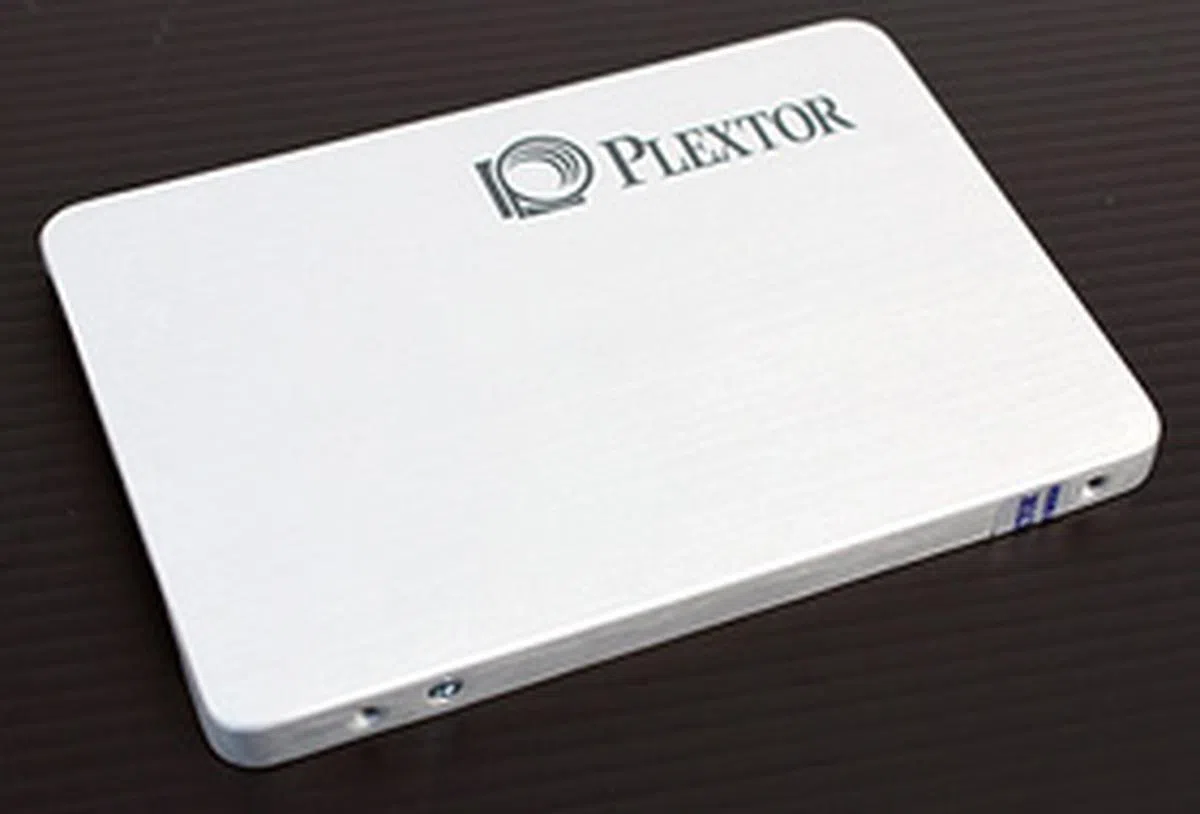 | |
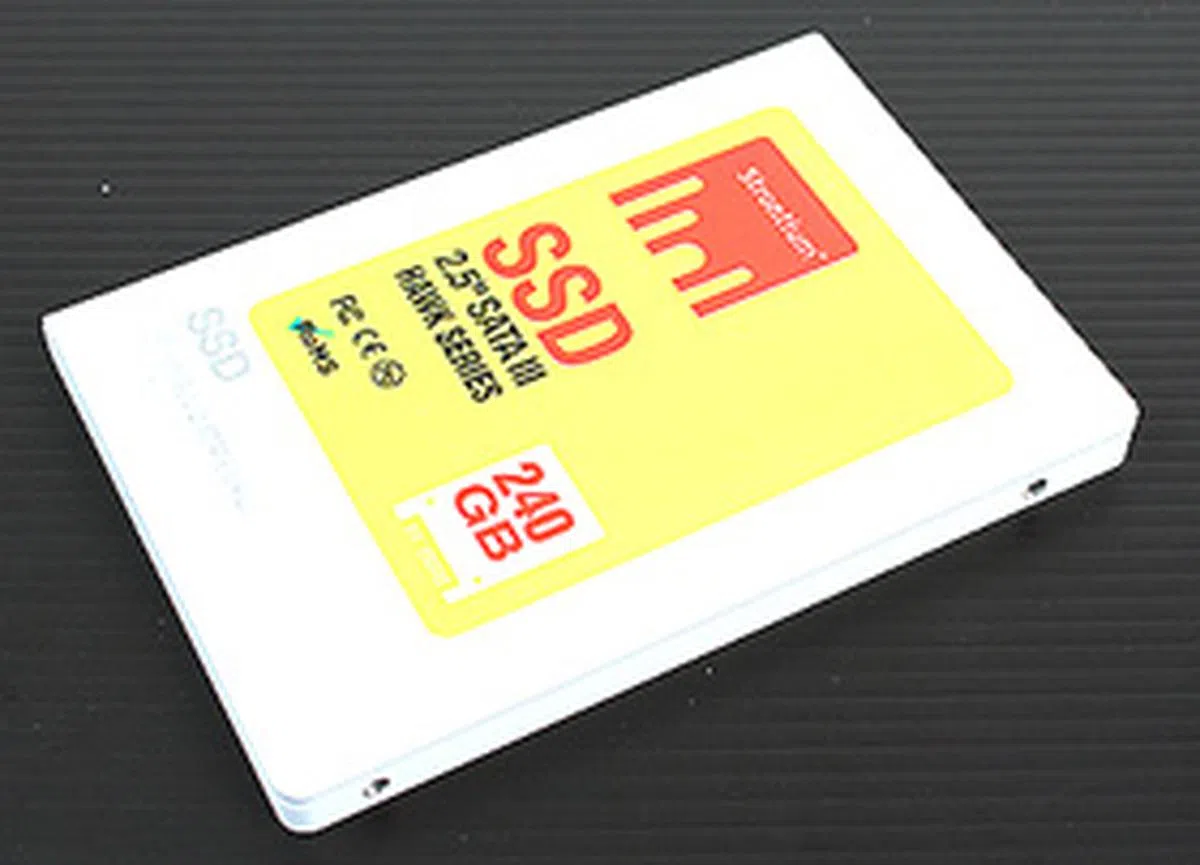 | |
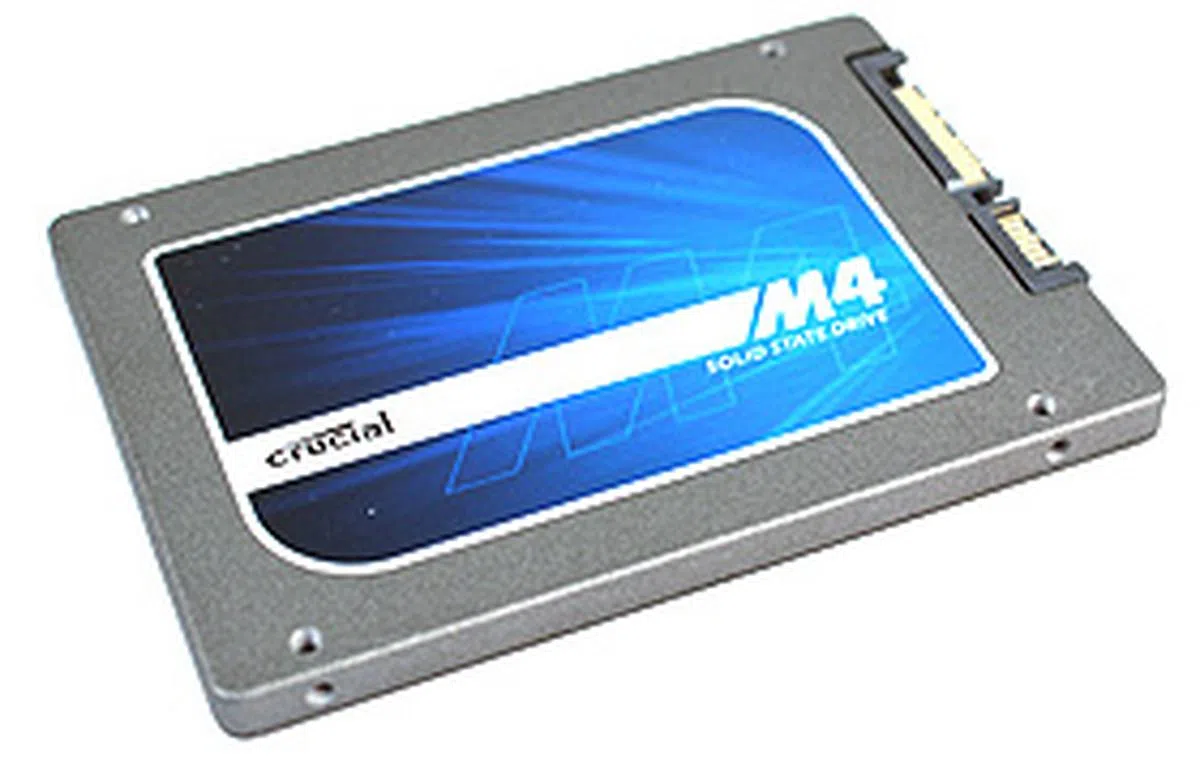 |
Our articles may contain affiliate links. If you buy through these links, we may earn a small commission.


